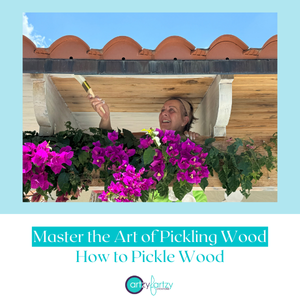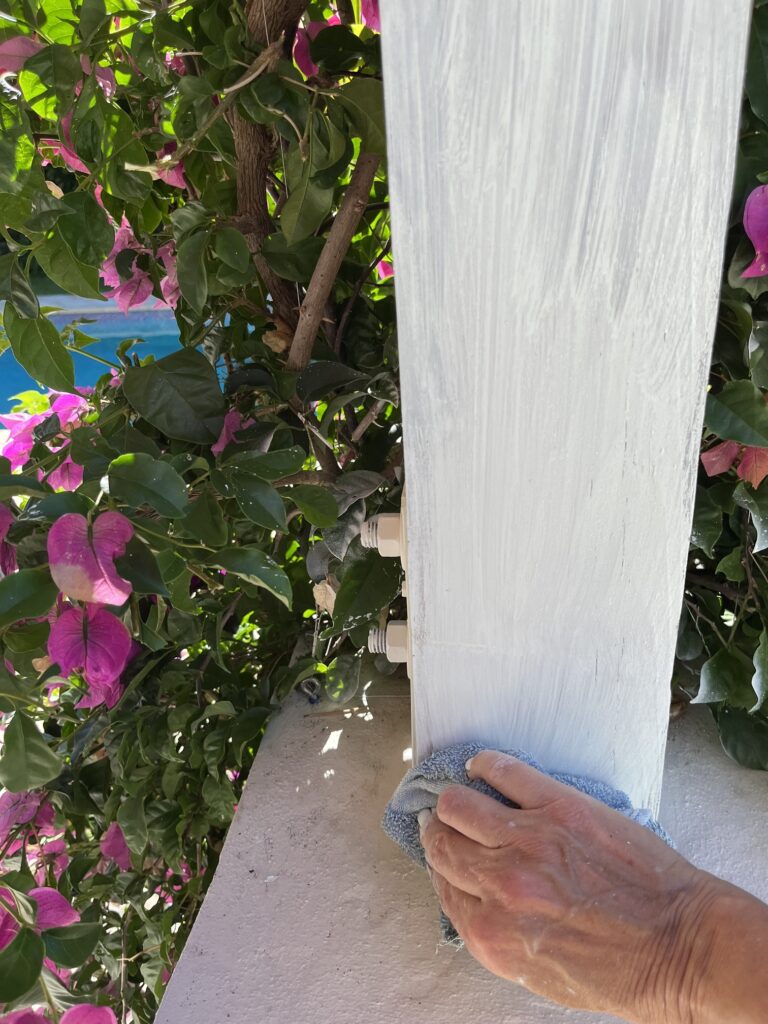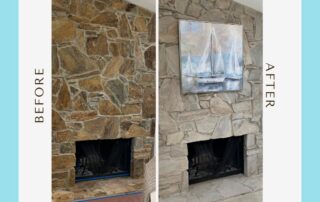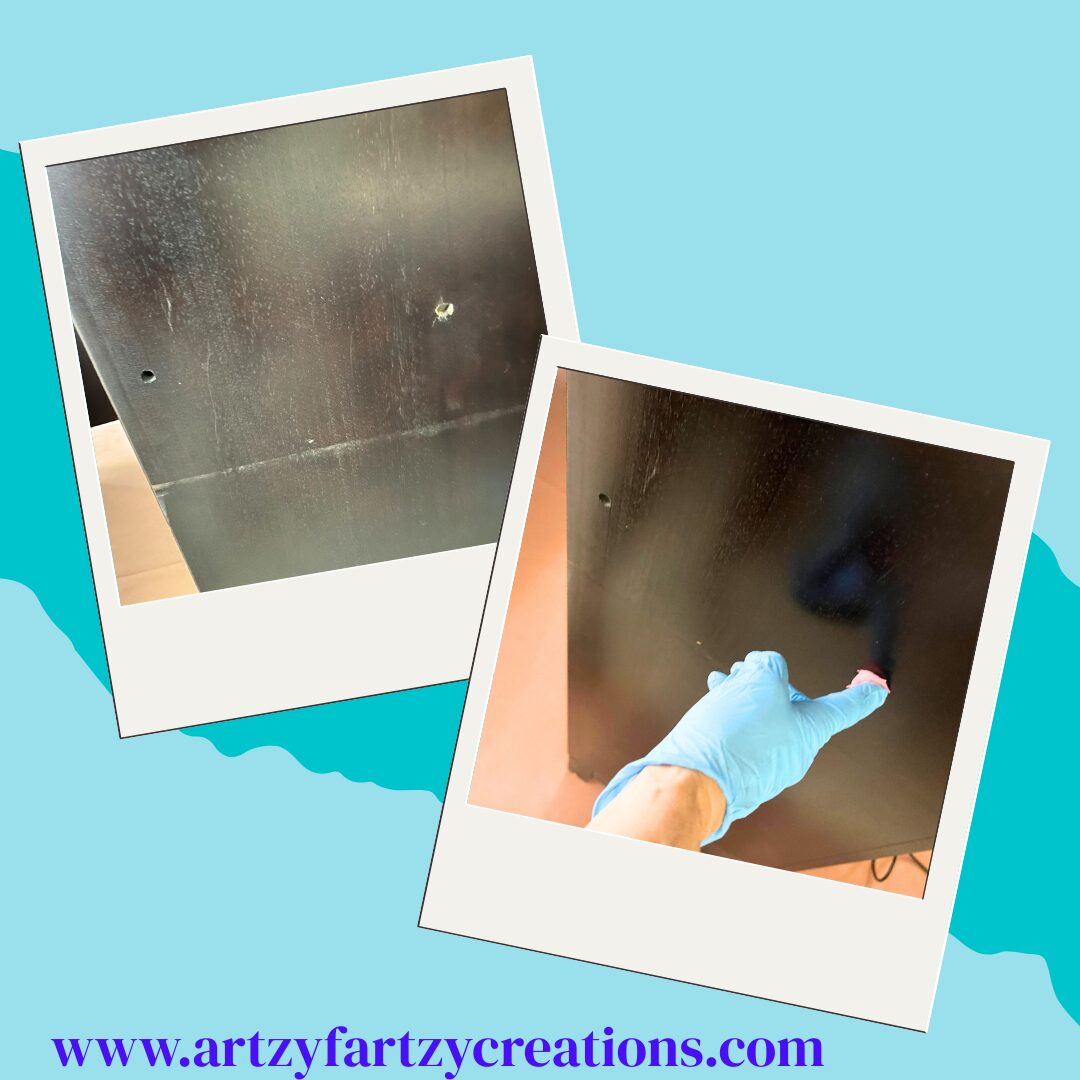Have you ever how to pickle wood that seems to glow with an almost ethereal beauty? There’s a simple and rewarding technique behind that look called picked wood, and it’s perfect for enhancing the natural beauty of woods like pine, oak, or ash. Let’s dive into how pickling can transform your wood ceiling into eye-catching masterpieces!
It turns out, there’s a whole history behind it, rooted in practices from centuries ago. Let’s explore the world of pickling wood, together!
Let’s break down each technique a bit:
Pickling: This process involves applying a thin, watered-down paint or stain to the wood and then wiping it off before it dries completely. The result? The wood grain is beautifully highlighted, giving it a soft, washed-out look. It’s a gentle way to enhance the natural beauty of your wood furniture without overpowering it.
- Bleaching: Perfect for those who want to lighten the wood without adding any color. Bleaching involves using chemicals to strip the wood of its natural pigments, resulting in a pale, uniform finish. It’s a great option if you’re looking to create a clean, minimalist aesthetic in your space.
- Whitewashing: This is similar to pickling but often uses a thicker, more opaque white paint. It’s applied and then partially wiped off, leaving a bit more color on the wood. This technique gives a more pronounced, antique feel, perfect for creating that cozy, farmhouse vibe.
As with any wood finishing technique that’s new to you, always prepare test samples first. There are so many ways wood finishes can turn out differently than you want, so it’s vital to figure things out on samples before you tackle that wall, ceiling, wainscoting or furniture you’re working on. This is especially true with pickling since there are so many variables.
Creating the pickled wood effect is super easy but can be labor-intensive if you’re working on a ceiling, especially if it’s outside. TAKE MY WORD FOR IT. My friend Jodi Lee and I did this ceiling in June at 105-degree heat index. What were we thinking?
Allow me to walk you through the process.
Step #1:
Mix 1 part white latex paint with 1/2 part water. Using a 4-inch brush, paint on a patch of the pickling solution.
Tip: Test a piece of wood to see if you need to use more or less of the water.
Step #2:
Immediately after applying the paint, lightly remove it with a terry cloth rag. I just cut up old towels.
Tips for a Perfect Pickled Finish
- Test First: Always do a test run on a small, inconspicuous area to see how the wood reacts to the pickling solution.
- Work Quickly: The solution can dry fast, so work in small sections to ensure you have time to wipe off the excess.
- Experiment with Layers: For a more intense look, you can apply multiple layers of pickling solution, wiping off less with each application.
You can also blend it in with a Deck brush instead of a rag if you prefer. The wood will drink up most of the paint depending on the type of wood you’re pickling and how much water you use to thin it down. As I mentioned earlier, always make a sample before applying it to your project.
What I love most about these techniques is how they celebrate the natural beauty of wood, they enhance rather than hide the grain, giving each piece a unique and personalized look. Plus, there’s something so satisfying about using a method that’s been around for centuries. It’s a nod to the past while creating something beautiful and functional for the present.
So, next time you see a piece of furniture with that lovely, limed look, you’ll know there’s a rich history behind it. And who knows? Maybe you’ll be inspired to try your hand at pickling, bleaching, or whitewashing and bring a bit of that timeless charm into your own home.
I hope you found this as interesting as I did! If you have any questions or want to share your own experiences with these techniques, drop me a line. I’d love to hear from you
P.S. Do you have a hobby you would like to turn into a business but need some help getting started? Join Empowering Women.
P.S.S. Make sure you don’t miss out on signing up for my blog, filled to the brim with home decorating and DIY tips!
XOXO
Cheryl
Artzy Fartzy Creations. Oh Yes you can DIY!
Best Places to Sell Your Painted Furniture and Art (Without Relying on Social Media)
Let’s Be Real—You Can Sell Art Without Social [...]
DIY Kitchen Cabinet Makeover: Budget-Friendly Transformation You Can Do Yourself
DIY Kitchen Cabinet Makeover: Budget-Friendly Transformation You Can [...]
DIY Metallic Molding Technique: Add Old-World Charm to Your Home
Looking to add a little extra drama and [...]
How to Repair Holes in Wooden Furniture – Fast, Easy, and Budget-Friendly!
hand applying wood filler to a hole in a [...]
How To Paint A Brick Fireplace In One Easy Step
Is your outdated brick fireplace dragging down your room? If [...]
DIY Magic: Create a Raised Cherry Blossom Stencil Design with Glitter That Pops!
Raised cherry blossom stencil with glitter on a painted [...]
Contents
Recent Reads
DIY Kitchen Cabinet Makeover: Budget-Friendly Transformation You Can Do Yourself
DIY Kitchen Cabinet Makeover: Budget-Friendly Transformation You Can [...]
DIY Metallic Molding Technique: Add Old-World Charm to Your Home
Looking to add a little extra drama and [...]
How to Repair Holes in Wooden Furniture – Fast, Easy, and Budget-Friendly!
hand applying wood filler to a hole in a [...]


















